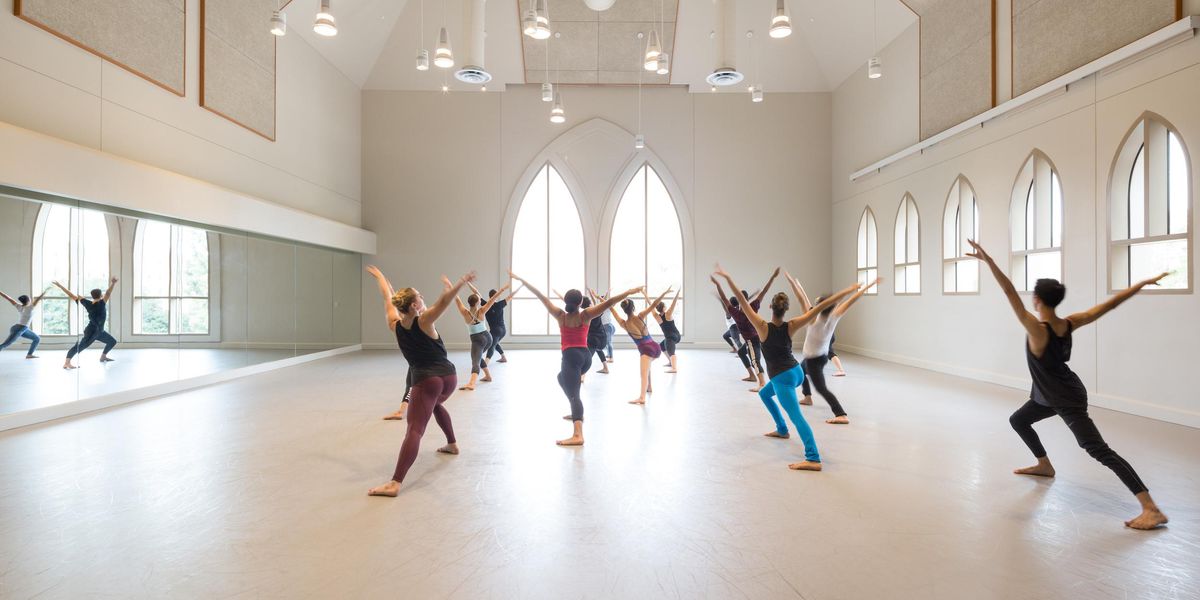Advice for Dancers: Cold Season Survival Strategies
How to stay well around sick dancers, dealing with company troubles abroad and auditioning with a safety net
Last year I had one horrible cold after another. If a dancer next to me was sick, it was almost guaranteed that I’d catch her cold, too. I do not want to miss more performances again this winter. Do you have any suggestions?
—Liz, Dayton, Ohio
Please take care of yourself. With more than 200 cold viruses floating around, it helps to be proactive at the studio, where you are especially vulnerable to infection. Why? Because colds are spread by touching surfaces contaminated by sick people, such as the barre, and then touching your eyes, nose or mouth. Likewise, a cough or sneeze in a crowded dressing room makes it all too easy to catch airborne germs from infected colleagues, unless they use a clean tissue and dispose of it immediately. But you can take steps to reduce your chances of getting sick. First, wash your hands throughout the day to help remove microorganisms from the skin. Use soap and warm water (or an alcohol-based hand sanitizer if water isn’t available), rubbing the soap on your hands, wrists, between the fingers and under your nails outside the running water for at least 20 seconds. Rinse thoroughly and use a clean paper towel to turn off the water, dry your hands and open the doorknob. Avoid touching your face in the theater or other public places. Also, stay away from cigarettes and second-hand smoke, which can irritate your airways and increase susceptibility to colds and other respiratory infections. Lastly, maintain a healthy lifestyle with sufficient sleep and good nutrition, getting your vitamins from dark green, red and yellow fruits and vegetables—not by popping supplements. Stress-reduction strategies like yoga and regular breaks also ensure your immune system is up to the task of fighting off infections. Colds are most contagious during the first three days, so it pays for sick dancers to stay home to protect their colleagues and get some much-needed rest for themselves. If symptoms last for more than a week, visit your doctor. Also, remember to get a vaccine to prevent the flu, which peaks between late December and early March.
My dream to dance in a Russian ballet company came true, but to say I’m miserable is an understatement. I wanted to benefit from their “golden hands” and excellent training. I wasn’t prepared for the hierarchy, where no one talks to you if you aren’t in the same rank. Plus, the poor medical therapy for my ankle injury has left me desolate. Help me!
—Lost in Moscow, Russia
For better or worse, certain dance companies around the world adhere to a distinct hierarchy: Principals won’t speak to underlings, and corps dancers who become soloists often feel alone except among the few members in their rank. But in any company, it’s not uncommon for dancers who get promoted to also lose friends from the corps, due to jealousy. You may have to look outside of the company to find your support team. It’s also crucial to be your own best advocate when dealing with injuries. I’ve known injured European dancers with a savvy PT who will Skype a dance medicine orthopedist in the U.S. to get advice about treatment. Don’t settle for anything less. In the meantime, focus on the positive training and performance experiences you’re receiving. Of course, if you still find the situation unlivable, it may be time to seek out a contract elsewhere.
I’m stuck. I have a wonderful job in a pre-professional group that performs great Balanchine rep. While I long to get into a “real” company, I’m terrified about getting rejected. I’m in my mid 20s and haven’t nailed any auditions. Should I just accept that this is it?
—Forlorn, Chicago, Illinois
It sounds like your fear of rejection may be blocking you from getting a job. Private coaching, along with mental skills used in cognitive-behavioral therapy, can help you gain the confidence to start having more positive auditions. I’d also suggest you explore every dance opportunity without losing your home base. Think about looking for outside gigs to perform between seasons. When guesting at schools, you’re often able to perform lead roles you may not get to do otherwise and, in turn, expand your artistry. It might also be beneficial to spread your wings in terms of technique. While your first love may be Balanchine, even dancers from New York City Ballet are trying their hand at other types of dance. A glowing example is ballerina Tiler Peck, who recently starred in Susan Stroman’s Little Dancer. Modern and theater dance are both areas where dancers can find professional fulfillment. Take technique classes in these genres to see if they interest you. Meanwhile, continue to try out for ballet companies that focus on Balanchine. To find out about auditions in your area and beyond, check out the February issue of Dance Magazine, regular installments of Backstage and online notices from Answers4Dancers at answers4dancers.com.
Dr. Linda Hamilton
2000 Broadway, PH2C, New York, NY 10023
e-mail: [email protected]
Former New York City Ballet dancer Linda Hamilton, Ph.D., is a psychologist in private practice, the author of Advice for Dancers (Jossey-Bass) and co-author of The Dancer’s Way: The New York City Ballet Guide to Mind, Body, and Nutrition (St. Martin’s Griffin). Her website is drlindahamilton.com.




